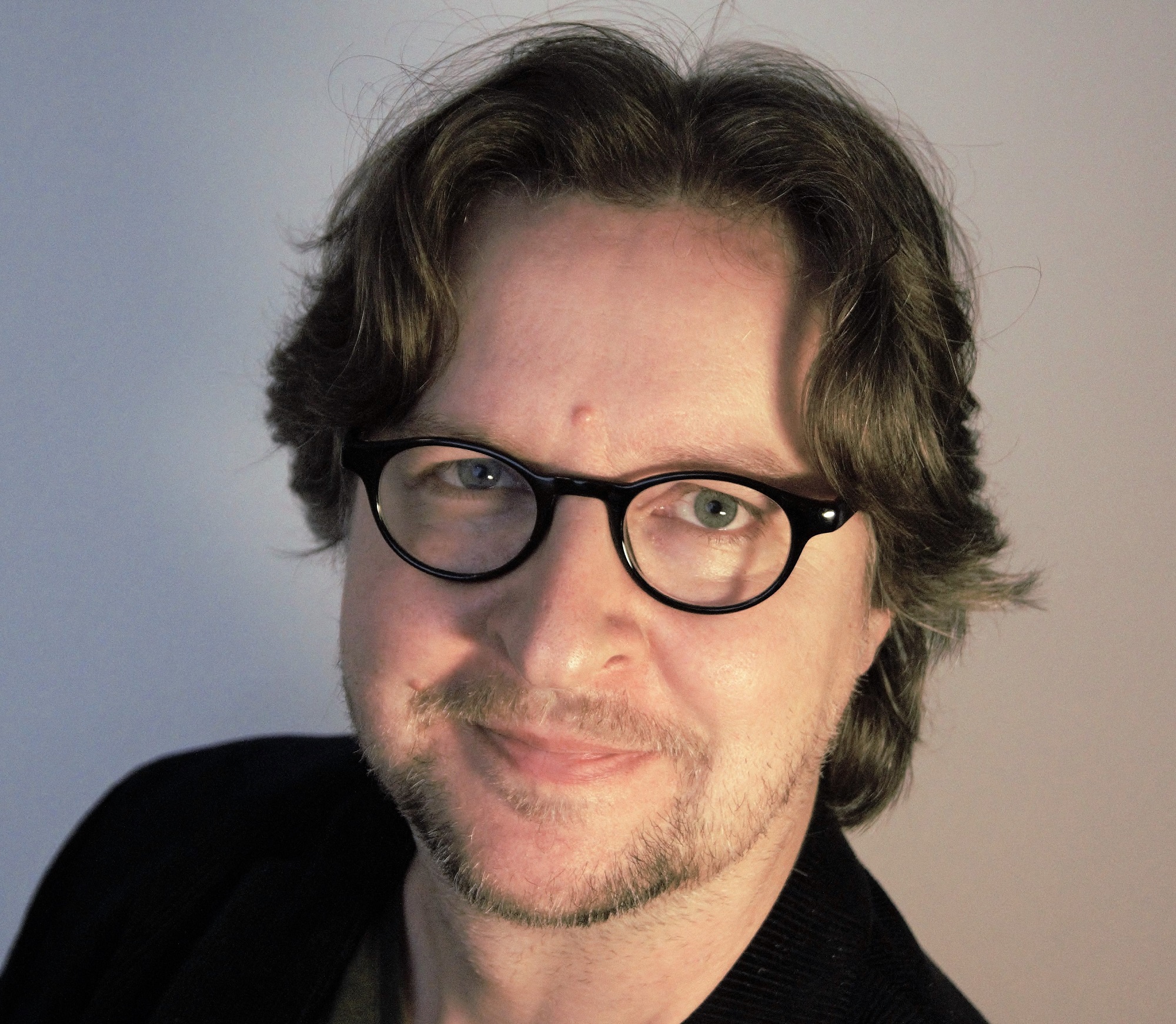

Theodor Burkali
ORI9O
Short instrumentation: 4 2 4 2 - 4 4 3 1, timp, vib(2), perc(3), str
Duration: 18'
Instrumentation details:
piccolo
1st flute
2nd flute
3rd flute
1st oboe
2nd oboe
bass clarinet in Bb
1st clarinet in Bb
2nd clarinet in Bb
3rd clarinet in Bb
1st bassoon
2nd bassoon
1st horn in F
2nd horn in F
3rd horn in F
4th horn in F
1st trumpet in C
2nd trumpet in C
3rd trumpet in C
4th trumpet in C
bass trombone
1st trombone
2nd trombone
tuba
timpani
vibraphone (2 players)
1st percussion
2nd percussion
3rd percussion
violin
violin
violin
violin
violin
1st violin I (4 players)
2nd violin I (4 players)
3rd violin I (4 players)
1st violin II (4 players)
2nd violin II (4 players)
viola
viola
1st viola (2 players)
2nd viola (2 players)
3rd viola (2 players)
violoncello
1st violoncello (2 players)
2nd violoncello (4 players)
double bass (4 players)
ORI9O
Printed/Digital
Translation, reprints and more

Theodor Burkali
ORI9OOrchestration: für großes Orchester
Type: Dirigierpartitur
Sample pages
Video
Work introduction
The approx. 18-minute symphonic work musically represents an imaginary journey through a supernova (exploding star). In the word "0rigo" with the actual meaning origin, the letter g was replaced by the Arabic number 9, which with its infinite wealth of symbolic meanings has an important structure-forming role in the entire work.
It consists of 270 bars and is divided into 9 blocks, which in turn are divided by 3.
Light (Supernova) is presented in three aspects:
- blocks 1st-3rd: The emerging light source (blue).
- blocks 4-6: Supernova, as a hellish fireball (white).
- blocks 7th-9th: The dying light source (red).
The orchestra is divided into 9 groups.
Flutes in 2/8
Oboes, bassoons in 4/8
Clarinets in 5/8
Horns in 6/8
Trumpets in 3/8
Trombones and tuba in 8/8
Percussion instruments in 12/8
Solo strings in 9/8
String orchestra in 10/8
The score is written in 12/8, the individual instruments pulsate or form their motifs according to the indicated time signatures. The different time signatures represent the different wavelengths or colours of light.
The piece is to be supported with light design. For the exact performance time, a continuous change of light mood from blue to green to yellow then to orange to red is programmed. For the beginning and the end of the play, when the stage is less illuminated, desk lights are used.
